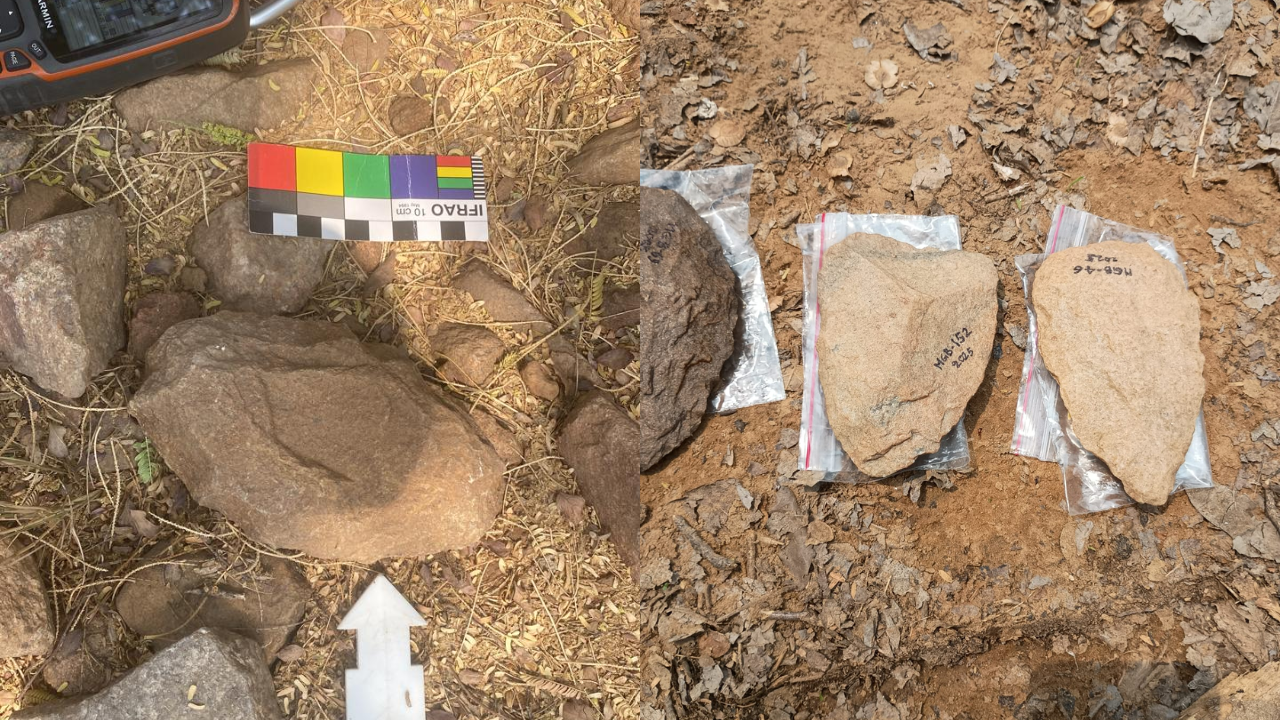It’s great news that a possible 5 lakh-year-old tool-making place, a whole workshop, has been found in the Mangar Bani forest region near Delhi. This impressive discovery in the Aravalli hills may be one of the oldest and largest of its kind in North India. Read this article to get all the information about a 5 lakh year old workshop found in Mangar Bani near Delhi.
5 lakh year Old Workshop found in Mangar Bani near Delhi
| Aspect | Details |
| Location | Mangar Bani, a forest region in the Aravalli hills close to Delhi (situated in Haryana’s Faridabad and Gurugram districts) |
| Age | The tools found are estimated to potentially be 500,000 to 200,000 years old, which places them in the Lower Palaeolithic era and links them to the Acheulean culture. This was a major period of early human evolution. |
| Discovery | The significance of the site has been confirmed by S.B. Ota, erstwhile joint director-general of the Archaeological Survey of India (ASI), who was in charge of the survey. Earlier explorations were conducted in the region in the early 1990s. |
| Findings | More than 200 artefacts, mostly stone tools, have been excavated. They include:
|
Important role of the Workshop found in Mangar Bani
Notably, the site houses not only fully fabricated tools but also manufacturing rubbish (lithic debitage) dispersed within the site. It suggests that Mangar Bani was more than a workplace for tool utilisation, but was indeed a production environment where the tools were in operation.
Raw Materials
The early humans in this workshop used mostly locally available sandstone and quartzite to make their tools.
Potential Uses of the Tools
Experts believe these tools were used for doing several types of things, such as:
- Slaughtering animals
- Tree cutting
- Cleaning hides
- Wood polishing
Significance to North India
Though Attirampakkam in Chennai is the oldest identified Acheulian site in India (1.7 million years old), Mangar Bani is held to be very important in determining this cultural stage in North India because of obvious proof of tool-making.
Need for Protection
The archaeological crew is going to issue a preliminary report to the Haryana government recommending legal and environmental protection of the site. The area is already included in a Natural Conservation Zone, but not formally protected as heritage.
Ideal Habitat
The level hilltops, closeness to raw materials, and existence of a seasonal stream (now extinct Mangar Nallah) possibly created this a perfect Stone Age settlement locality.


 Birsa Munda Birth Anniversary 2025: Life...
Birsa Munda Birth Anniversary 2025: Life...
 Military Innovations of Afghans and Turk...
Military Innovations of Afghans and Turk...
 Self-Respect Movement, History, Objectiv...
Self-Respect Movement, History, Objectiv...

























